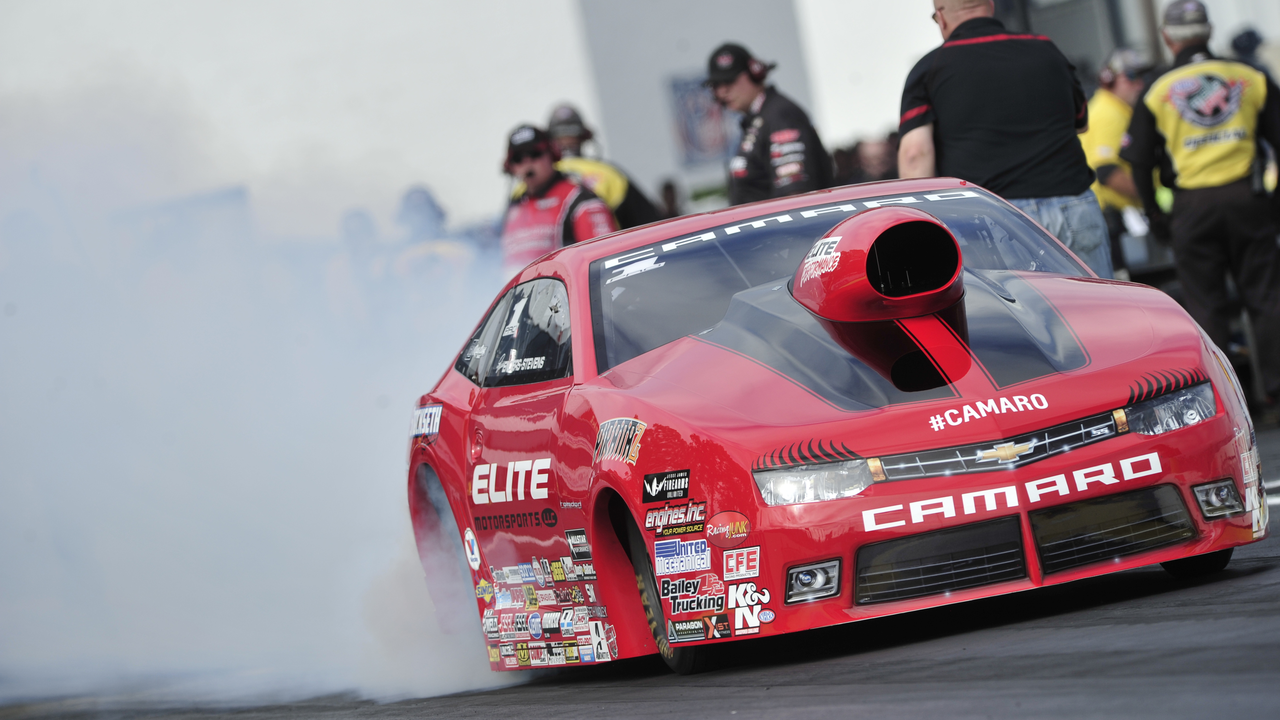So, folks, let's dive into the wild world of drag racing - and no, I'm not talking about RuPaul's Drag Race here! The question on the table: is drag racing actually racing? I would say it's like asking if cheesecake is actually cake (spoiler: it totally is). Drag racing may not be your traditional round-and-round-the-track type of racing, but it's a heart-pumping, adrenaline-soaked showdown of speed, power, and reaction time. So, in the great words of Lightning McQueen - Drag racing? Ka-chow! Definitely racing!
Racing Definition – Simple Explanation for Motorsports Fans
When you hear the word “racing,” you probably picture fast cars, screaming engines, and a checkered flag. But what does the term actually cover? In motorsports, racing is any competition where drivers try to finish a set distance or number of laps faster than anyone else. It can be a street‑circuit sprint, a long‑haul endurance event, or even a virtual lap on a simulator. Understanding the basic idea helps you follow news, watch races, and join the conversation.
What “racing” really means
At its core, racing is about speed and strategy. Drivers push their machines to the limit while teams manage fuel, tires, and pit stops. The competition can involve different vehicle types – from manual‑transmission sports cars to electric Formula E machines. Whether you’re watching a Formula 1 Grand Prix or a local club sprint, the goal stays the same: cross the finish line before anyone else.
How a race is measured
One of the most common ways to judge a race is by lap time. A lap is counted when a car completes one full circuit of the track, starting and ending at the same line. Timing systems use transponders and sensors to record each driver’s time down to thousandths of a second. Faster lap times usually mean a better position, but strategy like pit stops can change the order dramatically.
Other formats count the total distance covered. In endurance events like Le Mans, the winner is the car that travels the farthest in a set time, typically 24 hours. In sprint races, the winner is simply the first to complete the predefined number of laps. Both methods rely on precise timing and clear regulations.
Safety also plays a big role in defining a race. Tracks enforce rules about speed limits in certain zones, and drivers must wear approved gear. Ongoing improvements, such as stronger car structures and better medical response teams, keep the sport safer while preserving the excitement.
Fans often wonder whether a manual gearbox gives an edge in racing. The short answer: it can. Manual cars let drivers choose exactly when to shift, which can extract a few extra tenths of a second per lap. However, modern automatics are getting faster and easier to use, so the gap is shrinking.
Looking ahead, the definition of racing may expand as electric and hydrogen‑fuel cars join the grid. The roaring V8 might be replaced by a quiet electric motor, but the competition – the fight to be the fastest – stays the same. Whether you love the sound of a gasoline engine or the whisper of an electric motor, the essence of racing doesn’t change.
So the next time you hear a race broadcast, you’ll know exactly what “racing” means: a timed contest where drivers push machines and strategies to finish first. It’s a simple idea wrapped in a lot of drama, technology, and pure passion.
